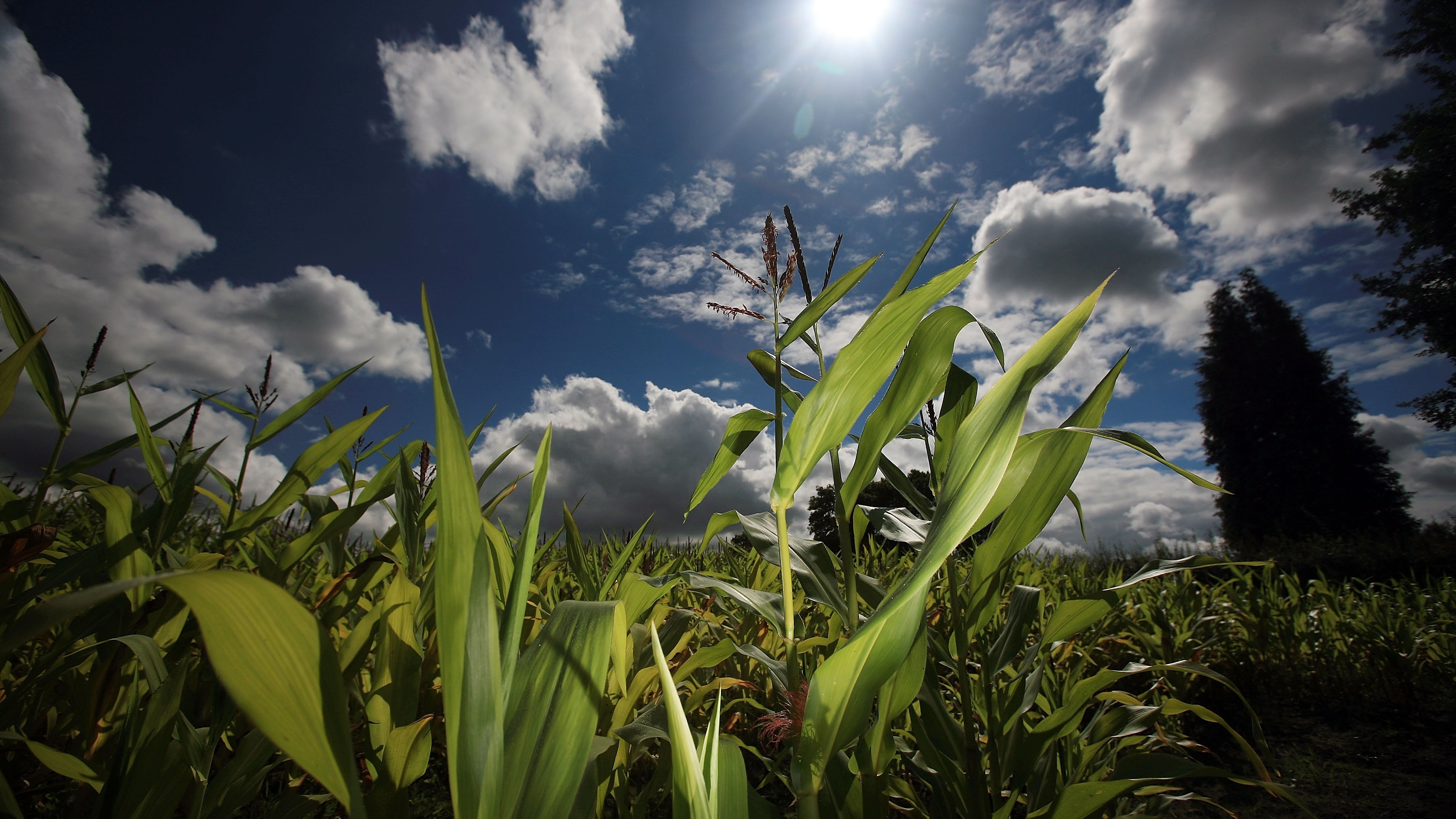Texas College Student Grows Food On A Landfill, Which Isn't As Weird As It Sounds
"Would you eat food grown on a landfill?" asks a KVUE News anchor, eyebrows raised provocatively. (Viewers are meant to sneer, I guess, and recoil in horror?) The report goes on to highlight the work of Joy Youwakim, a University Of Texas economics major who is exploring the idea of growing crops on top of a former landfill. Youwakim and her mathematics professor say the food could be used to provide produce to Texas food deserts or areas that lack fresh groceries. And while the idea is meant to provoke shock, it's not that out-there an idea at all.
For one, compost and manure have both been part of agricultural processes for a long, long time. They provide the soil with rich nutrients that keep it from depleting, and enable it to grow richer and more abundant food. Secondly, just look at the landfill pictured in the video: It looks like a beautiful prairie, complete with wind-swept wildflower meadows. The landfill is capped with a clay liner topped with soil, and by growing only shallow-root plants, Youwakim ensures the crops aren't penetrating that layer.
"The landfill is 330 acres. It's a lot of land that just sits there," Youwakim told The Daily Texan last year. "It's a covered landfill, so there's waste, then a foot of soil, more waste, then another foot of soil."
The project is just experimental for now, and will require more testing and research before the crops could actually reach consumers. But Youwakim says the harvested veggies tested negative for listeria and salmonella, and heavy metal levels were "fairly low." The yield was solid, too: 20 pounds of food on 200 square feet. Scaled up, she says that using the entire landfill could provide veggies for 32,000 people annually. If the food is found to be chemically safe, who cares if the land it's grown on was once a landfill? You know the vast majority of all vegetables are grown in—gasp—dirt, right?
